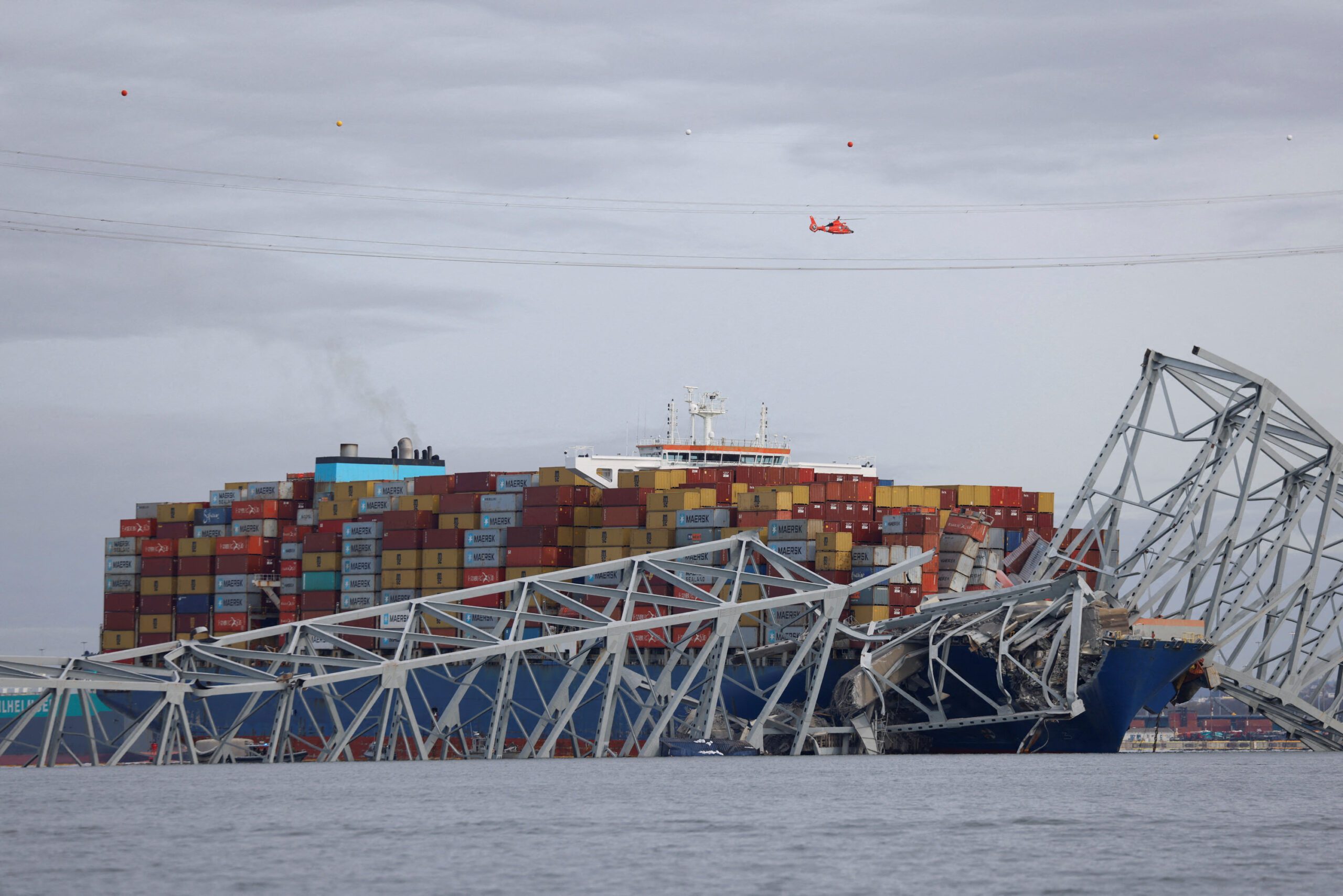Upturned hull of Cemfjord. Photo: MAIB
The UK Marine Accident Investigation Branch has released its report into the January 2015 sinking of the MV Cemfjord, finding that the incident was the result of poor passage planning as the vessel sailed into extraordinarily violent sea conditions that were completely predictable.
The fully laden Cyprus-registered cement carrier Cemfjord capsized January 2, 2015 in extremely violent sea conditions in the Pentland Firth, Scotland with the loss of all 8 crew. No distress message was ever transmitted by the vessel, and its upturned hull was spotted some 25 hours later by a passing ferry.
The report said that it was the master’s decision to press ahead with the voyage, rather than seek shelter, despite the predictable and extraordinarily violent sea conditions that led to the sinking.
“The MAIB investigation found that Cemfjord capsized in extraordinarily violent sea conditions; a fatal hazard that was predictable and could have been avoided,” said Steve Clinch, The Chief Inspector of Marine Accidents, in a statement to the media. “The decision to enter the Pentland Firth, rather than seek shelter, was almost certainly a result of poor passage planning, an underestimation of the severity of the conditions and perceived or actual commercial pressure to press ahead with the voyage. Critically, this decision will also have been underpinned by an unwillingness to alter course across the heavy seas after the experience of a cement cargo shift in similar circumstances about 3 months before the accident. The appalling conditions and rapid nature of the capsize denied the crew an opportunity to issue a distress message or to escape from their ship. Although not a causal factor of the accident, it was also established that Cemfjord was only at sea because of Flag State approved exemptions from safety regulations. This tragic accident is a stark reminder of the hazards faced by mariners at sea and the factors that can influence decision making in such treacherous circumstances.”
Safety issues identified in report include:
- Passage planning requires that all hazards are taken into account and avoided; the extraordinarily violent and fatal sea conditions encountered in the Pentland Firth were predictable and could have been avoided
- As well as insufficient passage planning, the master’s decision to press ahead with the voyage, rather than seek shelter, was almost certainly influenced by an underestimation of the severity of the conditions, his personal determination to succeed and an unwillingness to turn the vessel across the heavy sea
- It is likely that Cemfjord’s stability condition did not meet the required criteria making the vessel more vulnerable to capsize. An accurate stability assessment is vital for every passage
- Cemfjord was at sea with significant safety shortcomings; there is no evidence that any consideration was given to delaying departure until these problems were fixed; instead, Flag State exemptions from safety regulations were approved to allow the ship to proceed to sea
The full report can be found on the MAIB website.

 Join The Club
Join The Club











